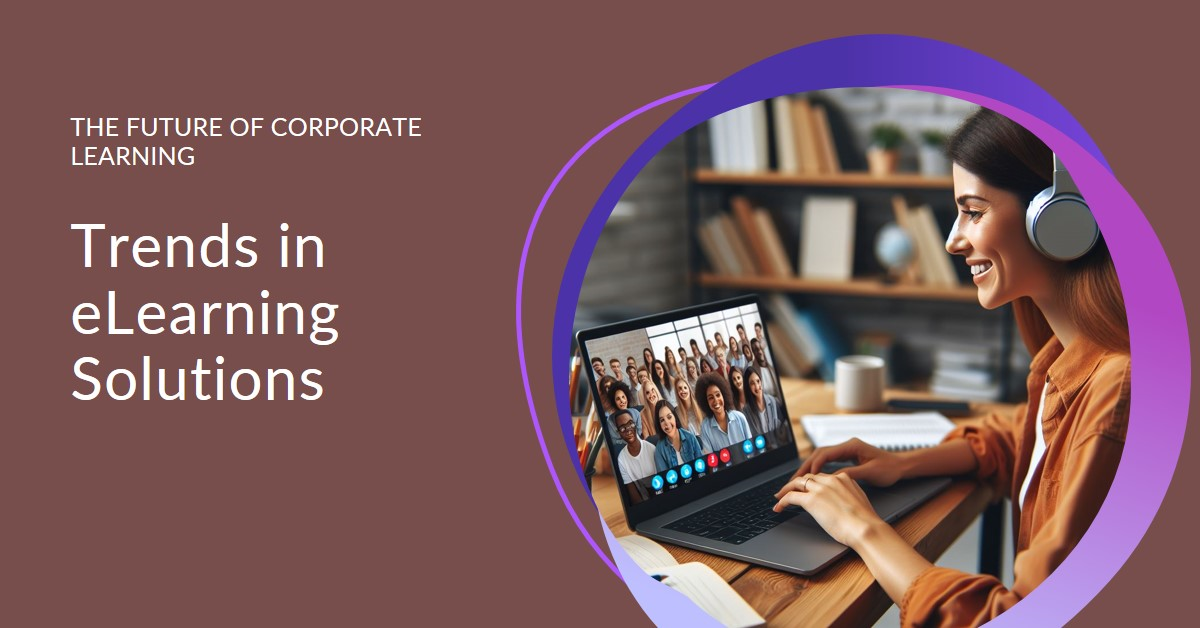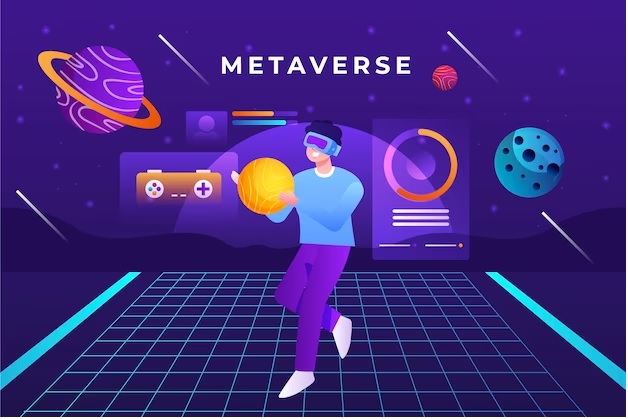Now Reading: How do e-commerce sites ensure accessibility for users with motor impairments?
-
01
How do e-commerce sites ensure accessibility for users with motor impairments?
How do e-commerce sites ensure accessibility for users with motor impairments?

In this digital world where everything has turned online, e-commerce has also become an essential part of people’s lives. It makes online shopping more accessible and convenient for consumers. Making your e-commerce website accessible to your audience is the right and ethical thing to do. Every customer deserves an equal experience while going through your website. Fortunately, tools that focus on e-commerce websites enable them to reach a wide range of disabled audiences with auditory, visual, and other changes. Accessibility is crucial for e-commerce. Therefore, every business must strive to make it more accessible and inclusive.
Continue reading this article to get in-depth knowledge on the significance of accessibility for your e-commerce website.
Why does Accessibility Matter?
Web accessibility is the process of designing digital content and websites that are easily accessible and usable by everyone, including people with disabilities. In terms of e-commerce, accessibility is the process of creating an inclusive online experience for people with cognitive, auditory, visual, or physical disabilities.
Web accessibility e-commerce helps businesses reach a wide customer base and offer equal opportunities to disabled individuals, similar to abled ones, for a seamless shopping experience. Additionally, an accessible e-commerce digital experience can help your business comply with regulations and laws, like WCAG (Web Content Accessibility Guidelines) and ADA (Americans with Disabilities Act) to ensure accessibility.
Some Common Issues Motor-Impaired People Face while Shopping Online
People with motor disability have weak or limited muscular control, movement-blocking pain, limited sensation, paralysis, tremors, missing limbs, lack of coordination, and involuntary movements. Such issues make web or app accessibility and usability challenging.
Motor-impaired people use assistive technologies, and the most common one is the use of an alternative keyboard (with a large space between the keys), trackball mouse, head wands (to type with head movement), eye-tracking technologies, sip and puff devices, single switch devices, mouth sticks, speech recognition software, and more.
Some Practical Tips to Follow for Motor-Impaired People
Here are some practical tips to follow for e-commerce website accessibility for motor-impaired people.
- Make keyboard accessibility paramount: Ensure proper accessibility of all your website functions through the keyboard easily. It is strongly recommended that people who use assistive devices require keyboard interaction. People with physical disabilities might find it challenging to interact with a mouse as it requires fine movements.
- Keep an error identification: Just like challenging mouse navigation, keyboard navigation can also be challenging. Therefore, design your website in a way that is tolerant of errors (like data entry or submission errors).
- Have suitable control labels: A lot of people with motor disability might use extra software for easy computer or website navigation. For example, using software that allows voice dictation or spoken commands to help with the controls. It indicates having appropriate, common, and clear control labels for easy navigation.
- Avoid lengthy and complicated checkout steps: Incorporating lengthy checkout processes containing a great deal of information or multiple steps and captchas can become an obstacle for motor-impaired people to complete tasks, such as form submission or creating an account, making their purchase process challenging instead of convenient. Therefore, avoid such practices for a smooth experience.
What Benefits Does an Accessible E-commerce Website Hold?
The benefits of an accessible e-commerce website are-
Enhances User Experiences
Enhanced user experience is one of the primary benefits of web accessibility e-commerce. While designing an online store, focus on user experience to make your website user-friendly and more accessible to disabled individuals. For motor-impaired people, it includes voice search, keyboard-based navigations, accurate alt-tag descriptions, and more. Keeping such factors in mind allows users to have a streamlined flow while surfing your website.
Better Discoverability and Increased Traffic
Adding the requirements needed by disabled users makes your website more discoverable and increases traffic. Additionally, e-commerce website accessibility caters to a larger segment of possible buyers, including disabled people. Accessibility supports multiple devices that attract more audience to your store. With extended traffic, you get more leads, which results in more sales, making accessibility a boon for your store and your business.
Positive Brand Image
Brands are always conscious of their public image. Brands that are engaged in environmental and social issues attract customers who associate more with you. Making your website accessible creates a positive brand image that draws disabled users, and garners support from socially conscious users and disability advocates. Additionally, users are more likely to recommend your website or online store to others if it is as engaging as they expect it to be.
Prevents Unnecessary Lawsuits
Making your e-commerce website accessible can help you stay away from unnecessary lawsuits against discrimination. This, in turn, saves a significant amount of money, resources, time, and your brand image.
Final Words
Web accessibility is in great demand. So, your e-commerce store must be accessible to be socially responsible. When you recognize the challenges and barriers your users face, you create an accessible and inclusive digital environment for all, enhancing usability for everyone, including disabled people. Additionally, you can also conduct user testing to get insights and feedback to refine your accessibility efforts.
Furthermore, when you combine accessibility with a deep understanding of experiences, you design solutions that cater to the needs of disabled individuals.






















